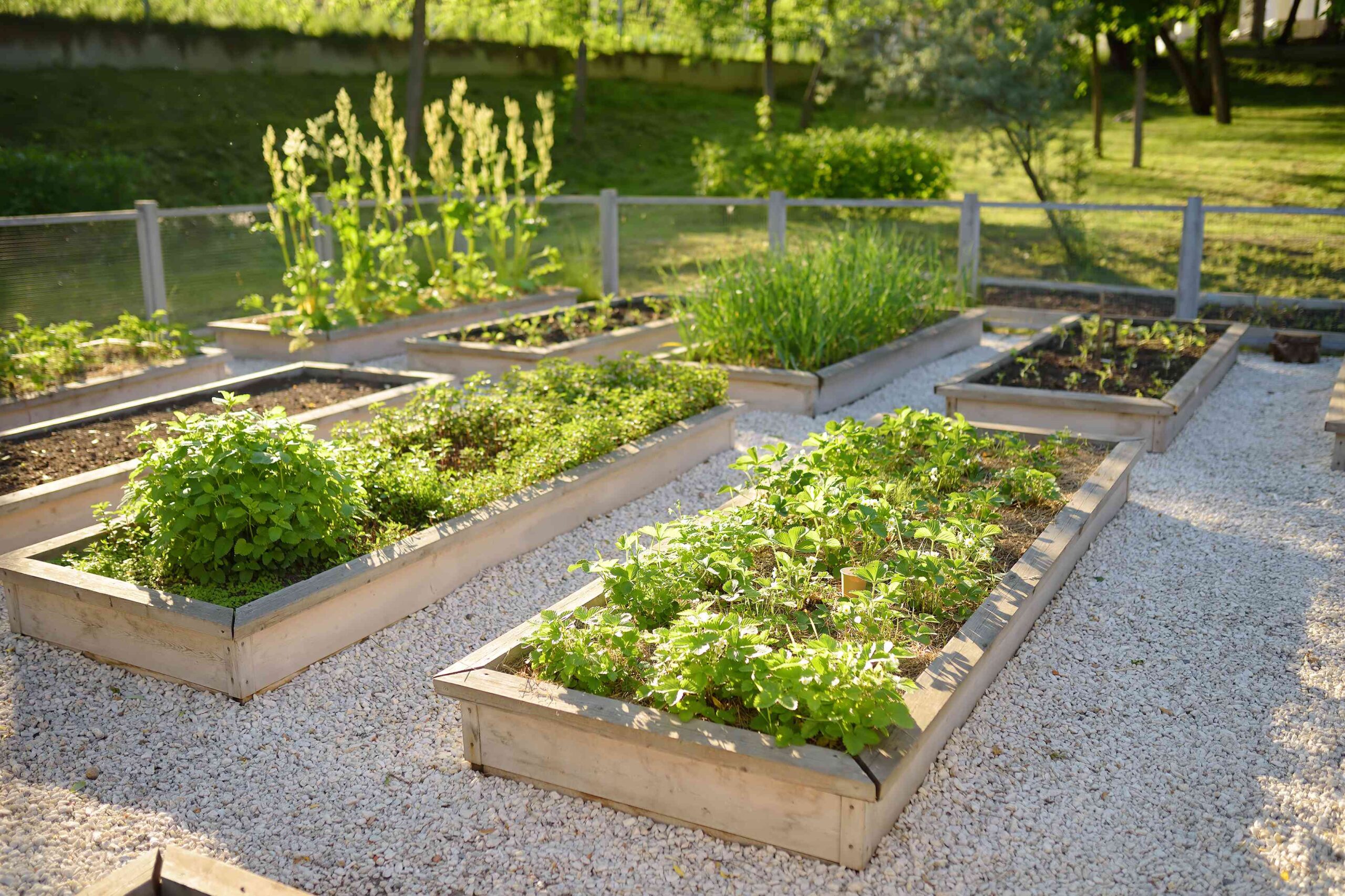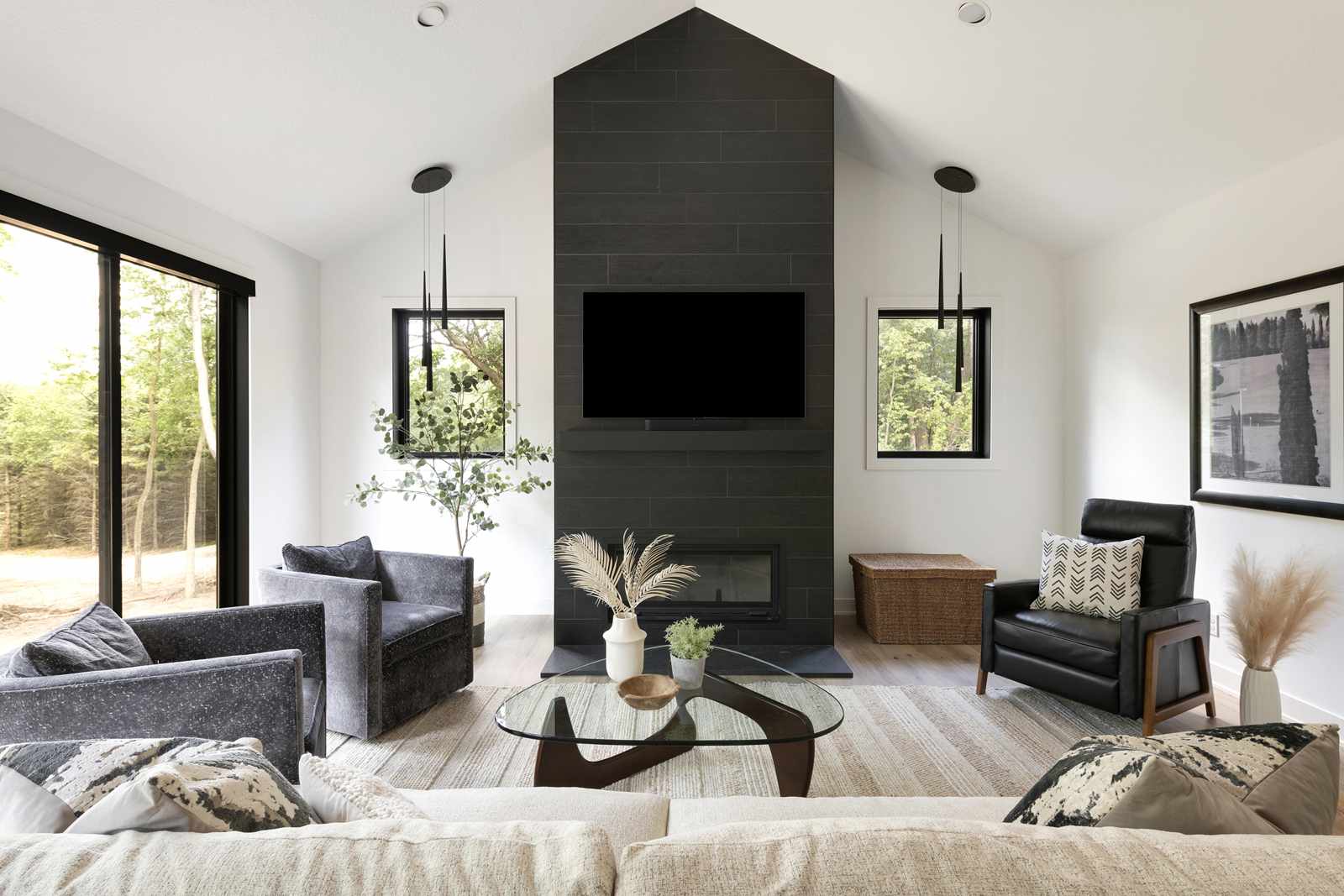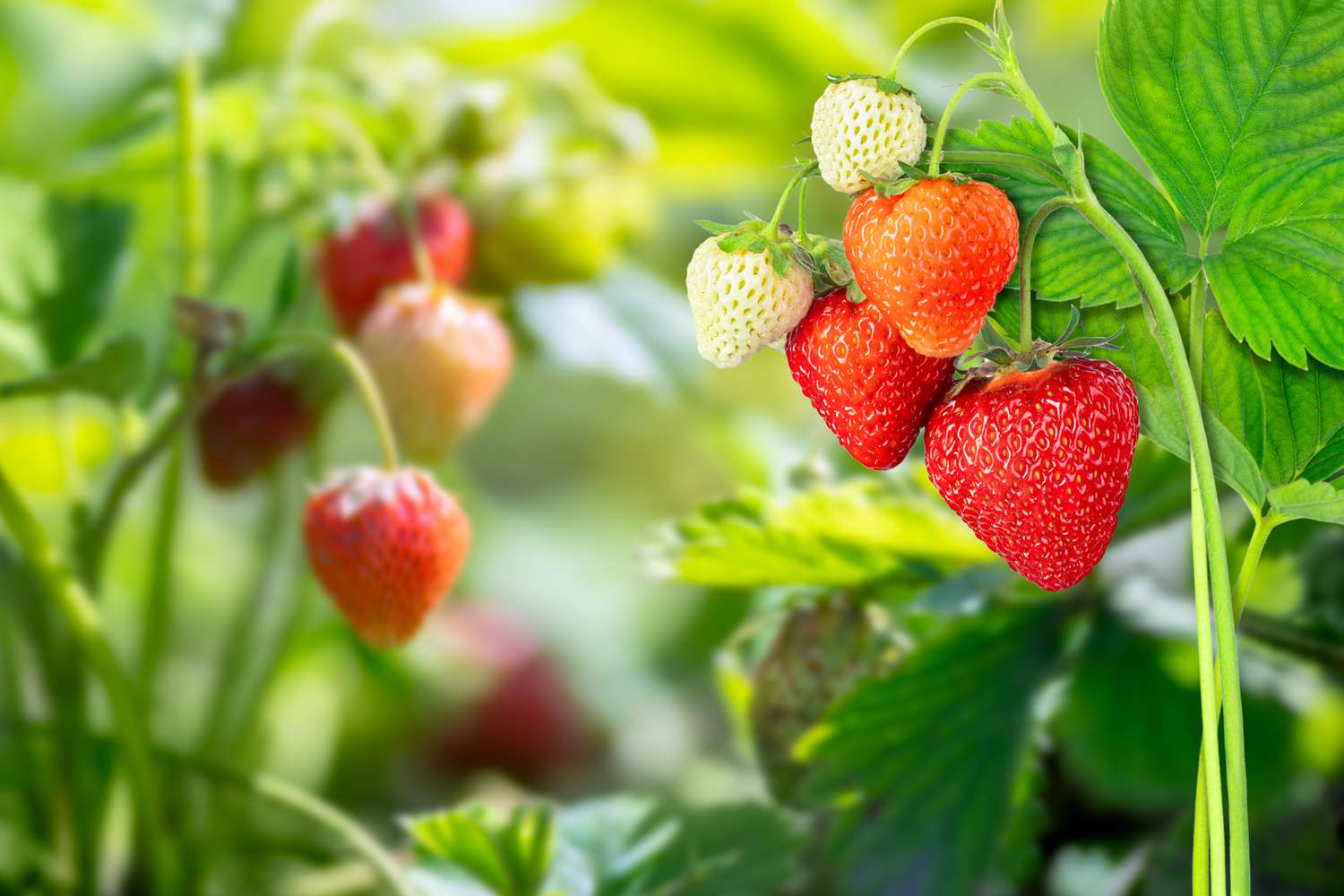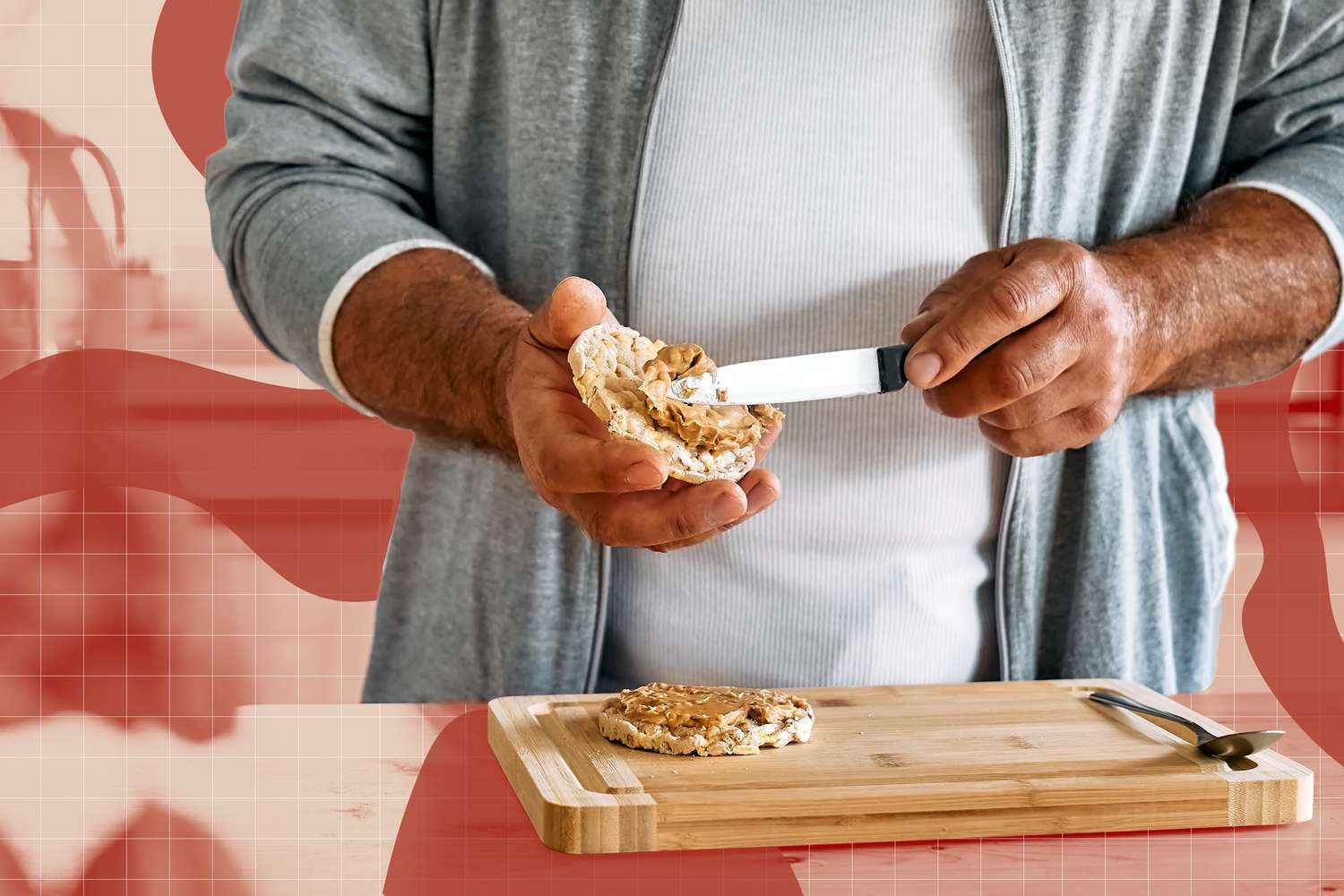
Filling Raised Garden Beds Is Easy—How to Do It Like a Pro Without Splurging on One
- The best fill materials for raised garden beds are the ones that can decompose on their own, like twigs, leaves, straw, and more.
- Starting your raised bed with a layer of cardboard or newspaper can prevent weeds.
- Using organic mulch can help your raised bed retain moisture and heat, extending your growing season.
Filling raised garden beds with the right kind of materials gives you a long-lasting, sustainable planting medium that needs just a bit of topping up every year or two. Purchased soils, compost, and manures can all be used in small amounts, but save these for filling the top third or half of the bed.
Everything else you’ll need to keep building and maintaining good soil can be found in nature and won’t cost a penny. Bottom to top, here’s how to fill your raised garden beds efficiently.
The Best Way to Fill a Raised Garden Bed
Good drainage is essential for all garden plants, but you also want to build soil with plenty of nutrients and adequate water retention.
Starting at the bottom of your raised garden bed, choose large materials like small hardwood logs and branches. They serve a dual purpose, allowing excess water to flow through, but wood also absorbs water to release it back into the soil through heat and expiration. These materials disintegrate slowly, adding nitrogen and other nutrients over time.
Consider lining the bottom of the bed with cardboard or newspaper to suppress weeds. These materials compost rapidly and also support good water retention.
A denser middle layer of smaller materials that break down more easily encourages root growth and provides readily available nutrients for plants. A mix of leaves, straw, aged animal manure, and partially decomposed compost are all good choices. Dry material is better than wet, soggy, or compacted fillers.
Organically rich loam is the goal for the top layer. Here’s where you might want to invest in commercial soils formulated specifically for raised garden beds. You can also use quality potting soil or make your own mix with animal, plant, and mineral-based soil amendments. Combinations might include aged compost, coconut coir, bat guano, green sand, or leaf mold.
Want more gardening tips? Sign up for our free gardening newsletter for our best growing tips, troubleshooting hacks, and more!
7 Good Fill Materials for the Bottom of a Raised Garden Bed
- Small logs, branches
- Sticks, wood chips
- Leaves
- Straw
- Manure
- Partially decomposed compost
- Cardboard, newspaper
How to Layer Fill Materials for a Raised Garden Bed
The depth of your raised garden bed and the plants you want to grow determine how much material you’ll need for the bottom, middle, and top layers. You can grow plenty of vegetables, fruits and herbs in a top layer 6 inches deep. Root crops and plants with extensive root systems need a depth of 8 inches or more.
A simple way to get an idea of how much you’ll need of each type of layering material is to first determine the depth required for the crops you intend to plant. You’ll need this amount of quality potting soil on top.
Then subtract this number from the overall depth of your raised bed and divide by two. If you’re working with a shallow bed, combine coarse and partially decomposed materials to fill the bottom half.
For a 12-inch deep raised bed, mix materials for a bottom layer of 6 inches. It’s okay to combine leaves, straw, and smaller leaves with a few larger logs and branches. Use any of the materials listed above. Top this with 6 inches of rich, loamy soil.
To fill an 18-inch deep raised bed, use 6 inches of good drainage materials, topped by 4 to 6 inches of leaves, straw, small sticks, and wood chips. Use a rich, loamy soil mix for the top 6 to 10 inches.
5 Tips for Maintaining a Healthy Raised Garden Bed
- Raised beds lose small amounts of soil over time to erosion and harvesting. Add soils and other amendments annually or as needed to maintain adequate planting depth.
- Raised beds dry out more quickly, so water them regularly to keep the soil lightly and consistently moist. Drip irrigation is ideal for raised beds.
- Use organic mulches, such as straw or wood chips, to retain moisture and heat. This can extend your growing season and also facilitates the decomposition of materials in the bottom of the bed.
- Keep beds well weeded and remove fallen leaves, dead plant material, and other debris at the end of the growing season.
- Add compost annually and consider planting a cover crop like clover or vetch to replace nitrogen.
FAQ
-
Use readily available natural materials like small logs, branches, leaves, straw, and partly decomposed compost to fill the bottom 6 to 12 inches. Save your budget for the best quality soil for planting in the top 6 to 10 inches of your raised bed.
-
Choose hardwood instead of rock. Small logs and branches absorb moisture, break down over time and allow excess water to drain; all benefits that rocks won’t add.










